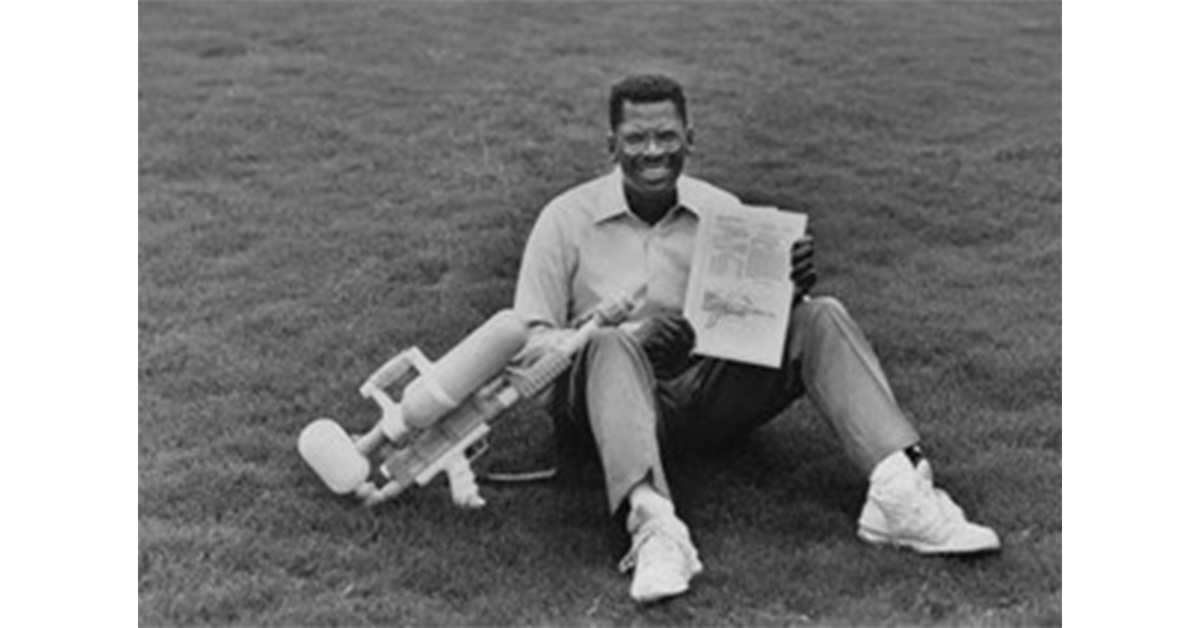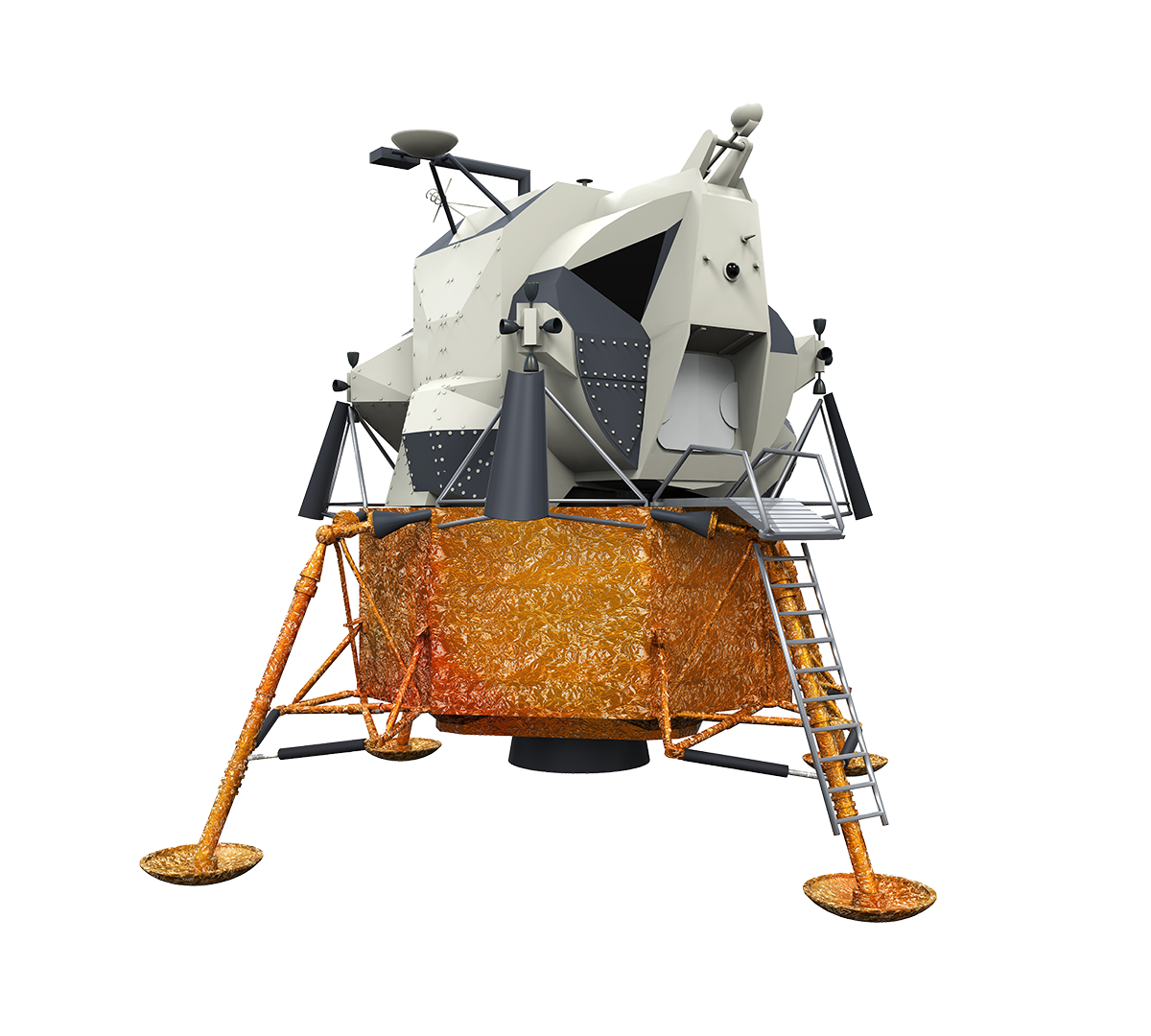From launching the first man to the moon, to creating a reusable spacecraft, NASA has consistently revolutionized human spaceflight. In the process, it has also revolutionized life within Earth’s orbit as well.
There are a multitude of discoveries, known as "spinoffs," that result directly from NASA's achievements in space. Totaling over 1,300, these spinoffs have helped make advances in numerous fields from medicine to food safety. Here are five lesser-known spinoffs that were created thanks to NASA's ingenuity.
1. Super Soaker

In 1982, NASA engineer Lonnie Johnson was part of a team that worked on Galileo, a mission that sent a robotic spacecraft to study Jupiter and its moons. While attempting to come up with a new heat pump for the spacecraft that would use water instead of Freon, Johnson hooked his prototype to his bathroom sink.
“I accidentally shot a stream of water across a bathroom where I was doing the experiment and thought to myself, 'This would make a great gun,’ ” he said in an article in Popular Mechanics.
Johnson created the first prototype for the Super Soaker, and gave it to his daughter Aneka. From there, it would take Johnson seven years to find a production partner and begin manufacturing the water gun. In 1990, the first Super Soaker, then known as the Power Drencher, hit shelves. The toy was an instant hit and sold more than 2 million units the summer of 1991. The Super Soaker was inducted into the National Toy Hall of Fame in 2015, and is now a summertime staple.
2. Prosthetics
Space travel has allowed for advancements in a wide range of medical technologies, including artificial limbs. Also known as prosthetics, these limb replacements were originally made of cornstarch and plaster and were known to be quite inflexible and extremely heavy. NASA helped integrate new lighter materials, like foam, and made available the same 'reflex like' technology currently used on the Canadarm and the Mars Curiosity Rover.
3. Modern digital cameras & Camera phones
NASA didn’t quite invent digital cameras or camera phones; their technology was vital in creating these devices as we know them today.
In the 1990s, a team of scientists from NASA’s Jet Propulsion Laboratory (JPL) began researching ways to improve complementary metal-oxide semiconductor (CMOS) image sensors to create mini cameras for interplanetary spacecrafts. NASA was using charged coupling devices, or CCDs, to take their scientific photos. However, these sensors required a lot of power, so the JPL team sought to find an option that would create the same quality photos with lighter machinery. The team, led by Eric Fossum, created active pixel sensors (APS) using CMOS technology. After licensing the invention, Fossum and some of his team members from JPL started their own company, Photobit, to continue developing the sensors. In 2001 Photobit was sold to Micron Technology, and CMOS-APS sensors began taking over the imaging industry. Now, CMOS technology is found in nearly all cell phones, so every time you take a picture with your phone, you’re using a piece of NASA technology!
4. Digital Flight and Driving Controls
Another spinoff of past NASA technology has been the advancements of digital flight and driving controls. A technology that is now used regularly for the purposes of eliminating human error from pilots in airplanes. They also help in providing new features for vehicles today such as cruise control and electrical systems found in cars like the Tesla.
5. Athletic Sneakers
Helmets used by NASA astronauts helped with the creation of modern athletic shoes. NASA used a process known as blow rubber molding to produce their helmets during the Apollo era. NASA engineer Frank Rudy realized that this same molding process could be used in sneakers to act as a shock absorber. In 1977, Rudy pitched his idea to former Nike CEO Phil Knight, and the Nike Air sneaker – popularized by basketball legend Michael Jordan -- was born. Air-cushioned soles have become a common feature in athletic sneakers, and Nike Airs continue to be a staple for athletes and non-athletes everywhere.

